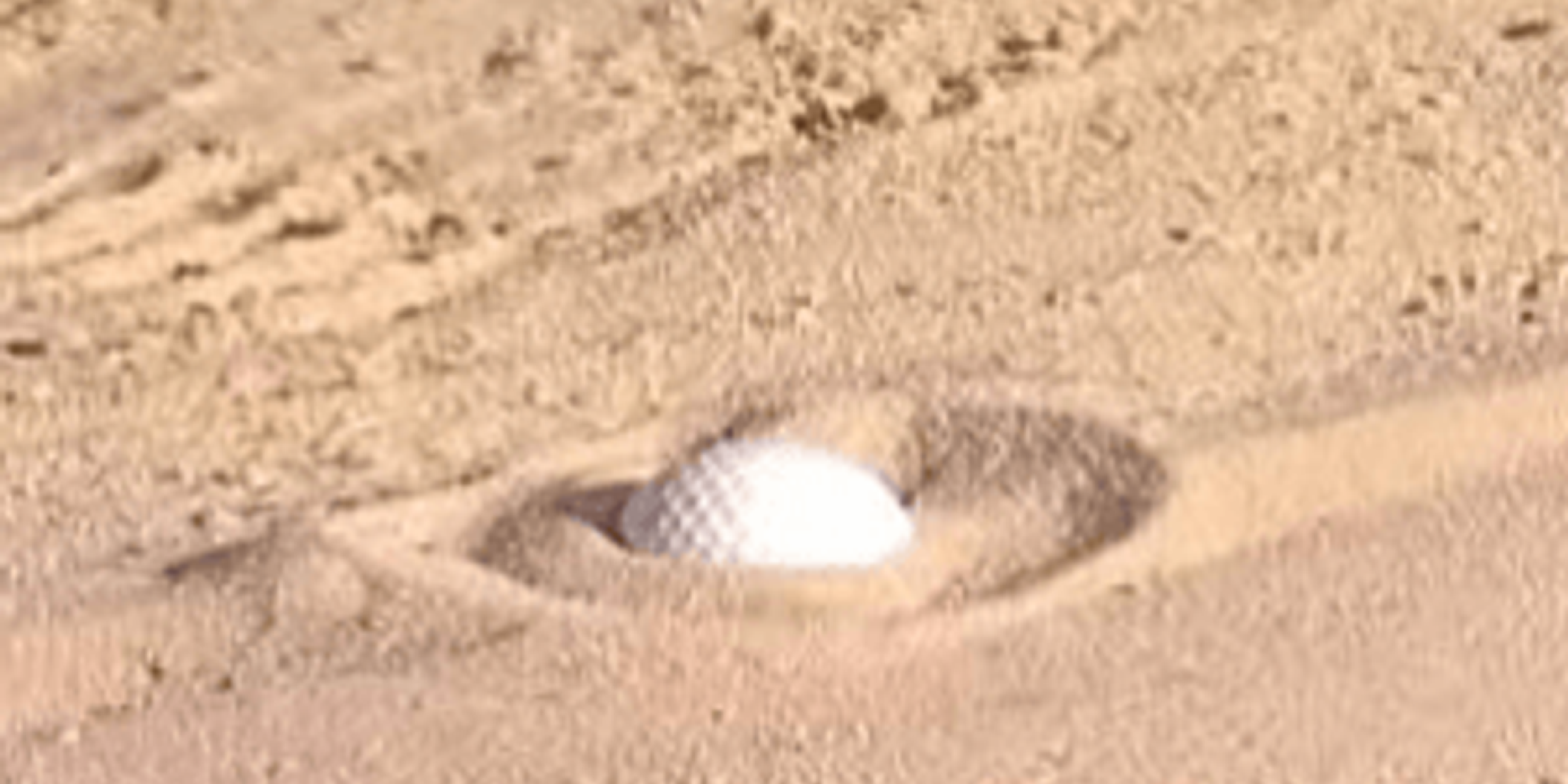- Home
- Speed
- Alignment
- Visualization
- Execution
- SAVE Strokes Fitness
- A-H
- Top Alabama Public Golf Courses
- Top Alaska Public Golf Courses
- Top Arizona Public Golf Courses
- Top Arkansas Public Golf Courses
- Top California Public Golf Courses
- Top Colorado Public Golf Courses
- Top Connecticut Public Golf Courses
- Top Delaware Public Golf Courses
- Top Florida Public Golf Courses
- Top Georgia Public Golf Courses
- Top Hawaii Public Golf Courses
- I-M
- Top Illinois Public Golf Courses
- Top Iowa Public Golf Courses
- Top Kansas Public Golf Courses
- Top Kentucky Public Golf Courses
- Top Louisiana Public Golf Courses
- Top Maine Public Golf Courses
- Top Maryland Public Golf Courses
- Top Massachusetts Public Golf Courses
- Top Michigan Public Golf Courses
- Top Mississippi Public Golf Courses
- Top Missouri Public Golf Courses
- Top Montana Public Golf Courses
- N-Z
- Top Nebraska Public Golf Courses
- Top New Mexico Public Golf Courses
- Top New York Public Golf Courses
- Top North Carolina Public Golf Courses
- Top North Dakota Public Golf Courses
- Top Ohio Public Golf Courses
- Top Oklahoma Public Golf Courses
- Top Oregon Public Golf Courses
- Top Pennsylvania Public Golf Courses
- Top Rhode Island Public Golf Courses
- Top South Carolina Public Golf Courses
- Top South Dakota Public Golf Courses
- Top Tennessee Public Golf Courses
- Top Texas Public Golf Courses
- Top Utah Public Golf Courses
- Top Vernont Public Golf Courses
- Top Virginia Public Golf Courses
- Top Washington Public Golf Courses
- Top West Virginia Public Golf Courses
- Top Wisconsin Public Golf Courses
- Top Wyoming Public Golf Courses
- Home
- Speed
- Alignment
- Visualization
- Execution
- SAVE Strokes Fitness
- A-H
- Top Alabama Public Golf Courses
- Top Alaska Public Golf Courses
- Top Arizona Public Golf Courses
- Top Arkansas Public Golf Courses
- Top California Public Golf Courses
- Top Colorado Public Golf Courses
- Top Connecticut Public Golf Courses
- Top Delaware Public Golf Courses
- Top Florida Public Golf Courses
- Top Georgia Public Golf Courses
- Top Hawaii Public Golf Courses
- I-M
- Top Illinois Public Golf Courses
- Top Iowa Public Golf Courses
- Top Kansas Public Golf Courses
- Top Kentucky Public Golf Courses
- Top Louisiana Public Golf Courses
- Top Maine Public Golf Courses
- Top Maryland Public Golf Courses
- Top Massachusetts Public Golf Courses
- Top Michigan Public Golf Courses
- Top Mississippi Public Golf Courses
- Top Missouri Public Golf Courses
- Top Montana Public Golf Courses
- N-Z
- Top Nebraska Public Golf Courses
- Top New Mexico Public Golf Courses
- Top New York Public Golf Courses
- Top North Carolina Public Golf Courses
- Top North Dakota Public Golf Courses
- Top Ohio Public Golf Courses
- Top Oklahoma Public Golf Courses
- Top Oregon Public Golf Courses
- Top Pennsylvania Public Golf Courses
- Top Rhode Island Public Golf Courses
- Top South Carolina Public Golf Courses
- Top South Dakota Public Golf Courses
- Top Tennessee Public Golf Courses
- Top Texas Public Golf Courses
- Top Utah Public Golf Courses
- Top Vernont Public Golf Courses
- Top Virginia Public Golf Courses
- Top Washington Public Golf Courses
- Top West Virginia Public Golf Courses
- Top Wisconsin Public Golf Courses
- Top Wyoming Public Golf Courses
Escaping the Fried Egg
Escaping the Fried Egg
Escaping the Fried Egg: How to Play from a Buried Lie in a Sand Trap
A buried lie in the sand—often called a “fried egg”—is one of the most intimidating shots in golf. When your ball plugs into the bunker and you see only part of it above the sand, your normal sand technique won’t cut it. But with the right adjustments, you can still get out and back in play.
🏌️♂️ What Causes a Buried Lie?
A ball plugs when it lands with force into soft or fluffy sand, especially from higher shots or in bunkers with a steep face. Instead of sitting up nicely, it embeds into its own crater—reducing your margin for error.
🔧 Setup Adjustments
Playing from a buried lie requires a more aggressive, descending strike. Here’s how to set up:
Club Selection: Use your sand wedge or lob wedge. A wedge with less bounce (or one you can lean forward) is better for this shot.
Stance: Dig your feet slightly deeper than usual for stability and feel the sand.
Ball Position: Move the ball slightly back in your stance, toward your rear foot.
Clubface: Unlike a typical bunker shot, square the face or even close it slightly to allow the leading edge to dig.
💥 The Swing
Steep Angle of Attack: Take the club up sharply and bring it down steeply behind the ball.
Hit Behind the Ball: Aim to enter the sand about 1–2 inches behind the ball.
No Flop Here: Expect less loft and spin. This is a “blast it out and run it out” shot, not a soft landing.
Commit: Acceleration is key. Don’t decelerate or try to scoop the ball—it must be driven out with force.
🧠 Mental Approach
This shot is about minimizing damage, not going for heroics. Focus on getting the ball out and onto the green or fringe. Trying to be perfect often leads to leaving the ball in the trap again.
🏌️♀️ Pro Tip
Practice buried lies by stepping on the ball in the practice bunker. Learn the feel of a steeper swing and the reduced contact area. It’s a specialty shot that rewards preparation.
Summary
✅ Square or slightly closed face
✅ Ball back in stance
✅ Steep swing, hit behind the ball
✅ Accelerate through the shot
Mastering the buried lie takes practice and courage, but it can turn a potential blow-up hole into a simple bogey—or even a miracle par.

